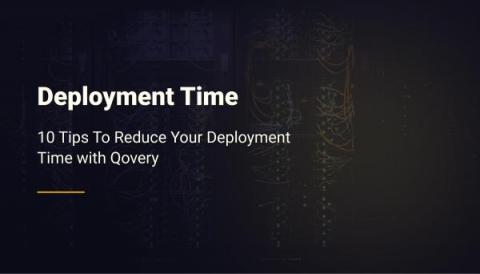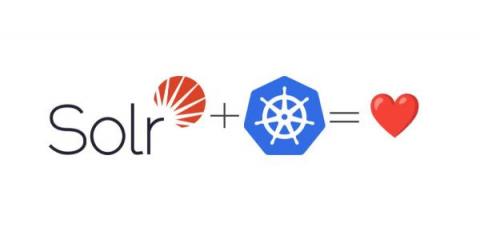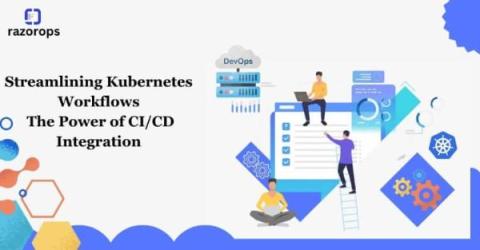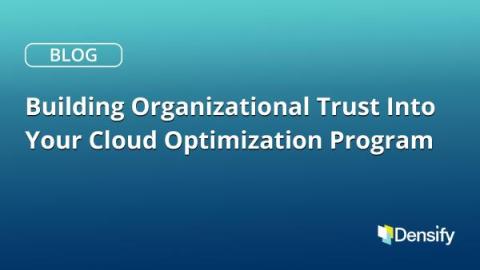Using Argo CDs new Config Management Plugins to Build Kustomize, Helm, and More
Starting with Argo CD 2.4, creating config management plugins or CMPs via configmap has been deprecated, with support fully removed in Argo CD 2.8. While many folks have been using their own config management plugins to do things like `kustomize –enable-helm`, or specify specific version of Helm, etc – most of these seem to have not noticed the old way of doing things has been removed until just now!











